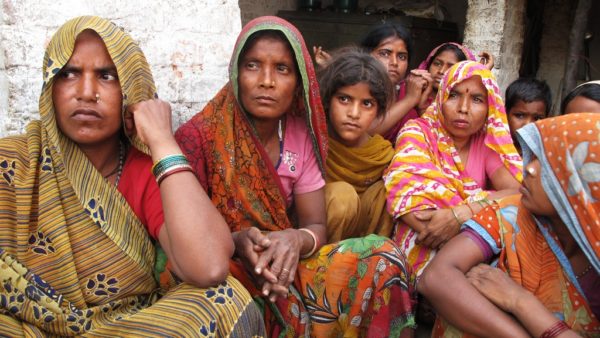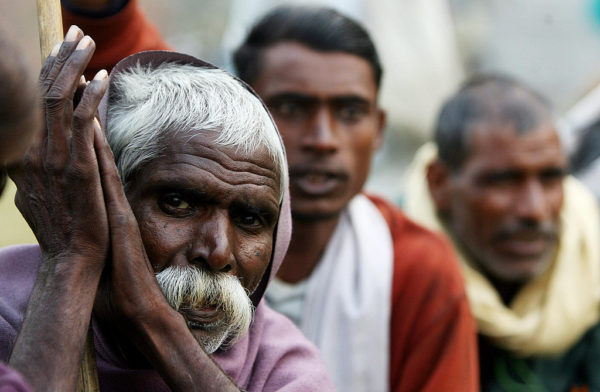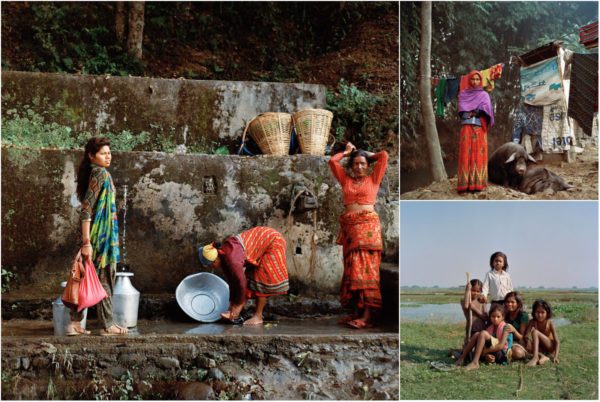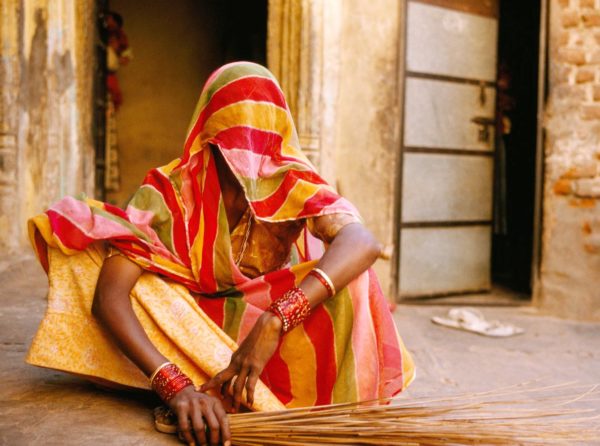The untouchables are those who in India are called members of the lower social class. Although castes have been banned by the constitution since 1950, the division of people into “best” and “worst” in the country remains relevant.
Solid bans
The untouchables should not cross the threshold of the house of people from the higher castes. Even their shadow, according to local laws, should not touch the homes of other Hindus.

To be untouchable means to be among those whom everyone despises. Members of this layer face constant discrimination - they are expelled from temples and are forbidden to enter people’s houses from higher castes.
Read more: Where did the Sultan's concubines live (photo)
If a person was born in the untouchable caste, he will no longer be able to go to the caste higher. You can get rid of this status only when you convert to another religion.
They are also forced to use special “untouchable” dishes. Society entrusts them with the worst work you can think of.

In order for the average untouchable family to survive, its members have to work hard. But since these people have minimal earnings, the smallest have to look for food in the trash. For food, sometimes there is absolutely no money.
Women clean the houses of people from higher castes, if they allow them to do so. They wash the dishes and sweep the floor, clean up the garbage.

The untouchables do not have the right to study in schools and universities. They can be ignored even when they go to the clinic for medical help.
Read more:Where the rich people of India live
Social trap
Dalits, as they are also called, are poor, deprived in every way. Some do not even have housing. And if it is, it does not look like the most reliable hut, often built from improvised materials. There are no communications inside. Many sleep right on the floor due to the inability to buy normal beds.

These people do not have normal clothes. But their deprivation is most manifested in the injustice to themselves that they face in everyday life. Social injustice, lack of access to food, education and healthcare keep them in slavery among the higher castes.
Read more:Room for a teenage girl of 14 years old (photo)
Living standards in different areas of the country
A comparison of the living conditions of rural Dalits shows significant inequality between the states of India. In East India, for example, the majority of rural untouchables are still in poor housing conditions. And in Punjab, Haryana, Himachal Pradesh and Kerala, most rural untouchables were able to improve their situation.

Read more:Why a man of 30 years lives in a dugout (photo)
They have normal houses, inside the dwelling, drinking water was provided, and a bathroom was installed. They use gas stoves for cooking and electricity for lighting. More than half of the observed differences in living conditions and the level of education of Dalits living outside cities is explained by the level of development of agriculture and their place of residence as a whole.





Alas, no comments yet. Be the first!